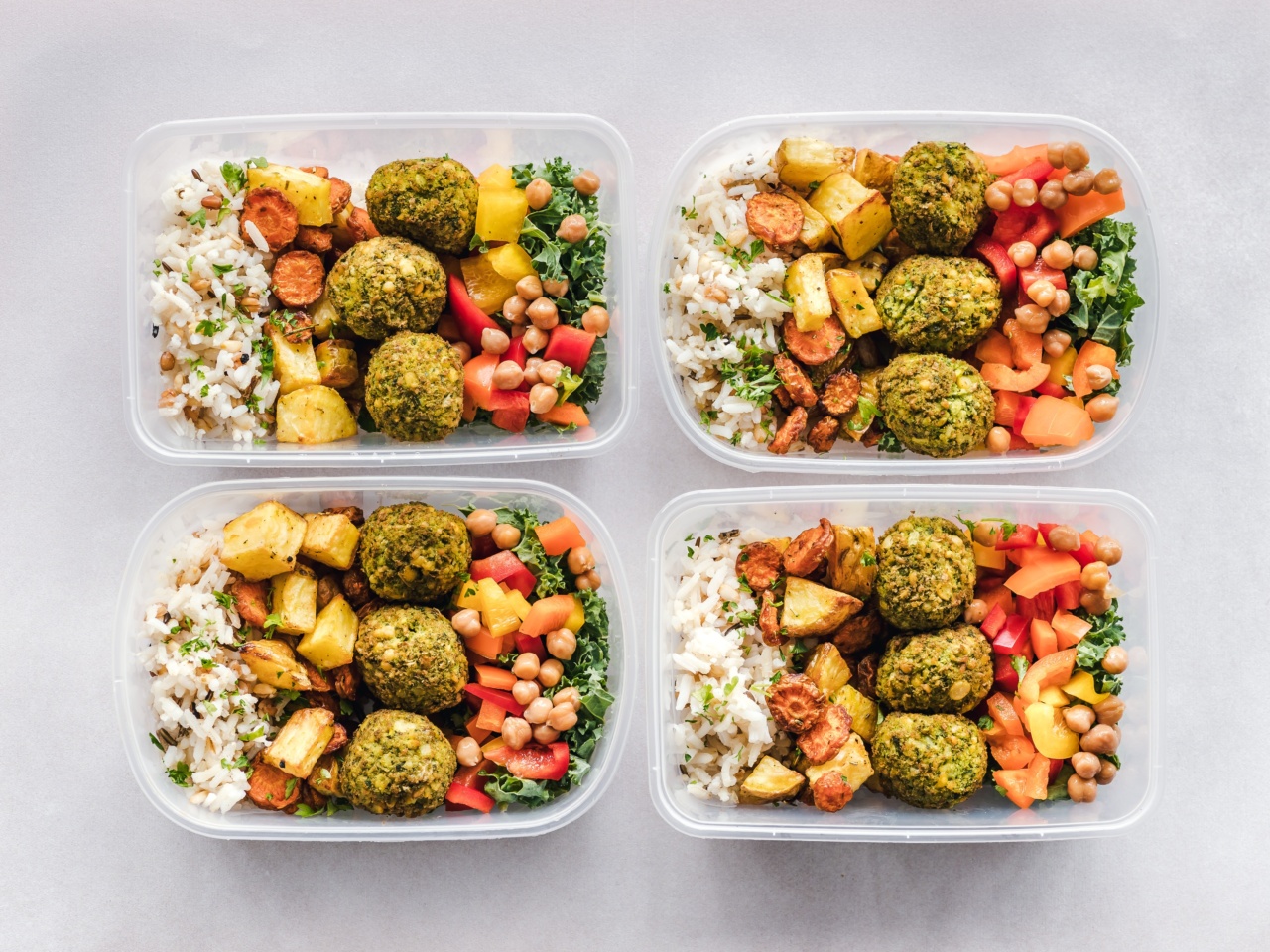Getting enough fiber in your diet is important for maintaining regularity, promoting gut health, and reducing your risk of chronic diseases such as heart disease, diabetes, and certain cancers.
Despite its many benefits, however, most people don’t consume enough fiber on a daily basis.
If you’re looking to increase your fiber intake, here are some easy tips for incorporating more fiber-rich foods into your meals:.
1. Choose Whole Grains
When selecting bread, pasta, rice, or cereal, opt for the whole grain versions. Whole grains contain more fiber than their refined counterparts, making them a better choice for your overall health.
Examples of whole grains include brown rice, quinoa, whole wheat pasta, and oatmeal.
2. Add Legumes to Meals
Legumes, such as beans, lentils, and chickpeas, are excellent sources of fiber. They are also versatile and can be added to a variety of dishes, including salads, soups, and stir-fries.
Try adding some black beans to your next taco night or incorporating some lentils into your favorite soup recipe.
3. Snack on Nuts and Seeds
Nuts and seeds make for a tasty and fiber-rich snack. Almonds, cashews, chia seeds, and flaxseeds are all good choices. You can also sprinkle some nuts and seeds on top of your morning oatmeal or yogurt for an added fiber boost.
4. Load Up on Vegetables
Vegetables are naturally high in fiber, making them an essential part of any high-fiber diet. Try to incorporate a variety of vegetables into your meals, including leafy greens, broccoli, carrots, and sweet potatoes.
You can also add more veggies to your diet by snacking on veggies and dip or adding them to your favorite sandwich or wrap.
5. Choose Fruits with the Skin On
When it comes to fruit, choosing the ones with the skin on is key for getting more fiber. Apples, pears, and berries are all good options. You can also add some fruit to your morning smoothie for an extra fiber boost.
6. Use Whole Fruit in Baking
When baking, try using whole fruit instead of refined sugar to add sweetness and fiber to your baked goods. You can use mashed bananas, applesauce, or pureed pumpkin in place of sugar in your favorite recipes.
This will not only make your baked goods healthier but also more delicious.
7. Choose High-Fiber Snacks
When snacking, try to choose foods that are high in fiber. Examples include popcorn, whole-grain crackers, and fruit. These snacks will not only keep you full for longer but also help you meet your daily fiber intake.
8. Try Fiber Supplements
If you’re struggling to get enough fiber from your diet alone, you might want to consider taking a fiber supplement. These supplements come in various forms, including powders, capsules, and gummies.
However, it’s important to talk to your doctor before starting any new supplement regimen.
9. Increase Fiber Intake Gradually
When increasing your fiber intake, it’s important to do so gradually. Adding too much fiber too quickly can cause bloating and discomfort. Aim to add a little bit more fiber each day until you reach your daily goal.
10. Drink Plenty of Water
Finally, drinking plenty of water is important when following a high-fiber diet. Fiber absorbs water, which can help promote regularity and prevent constipation. Aim to drink at least 8 cups of water per day.



























